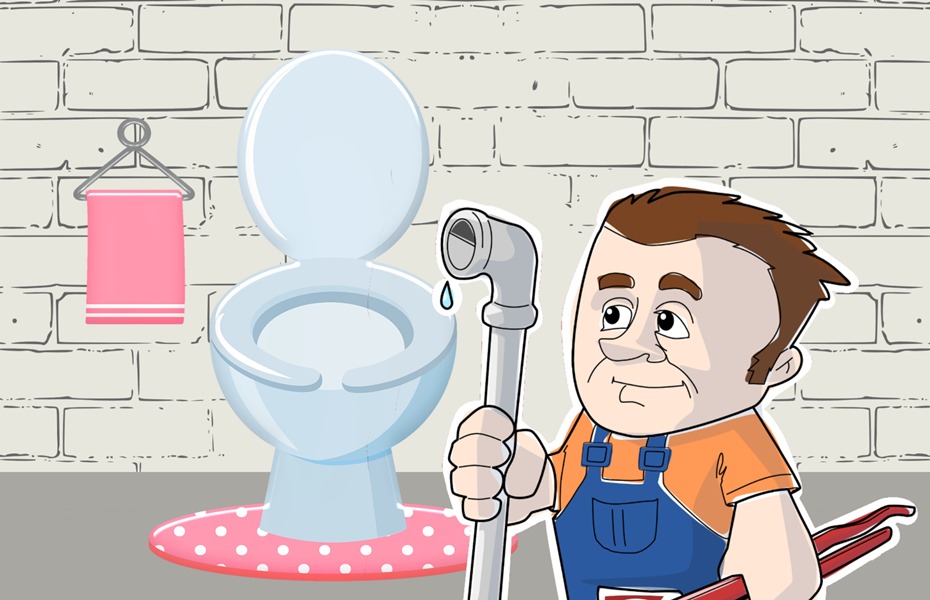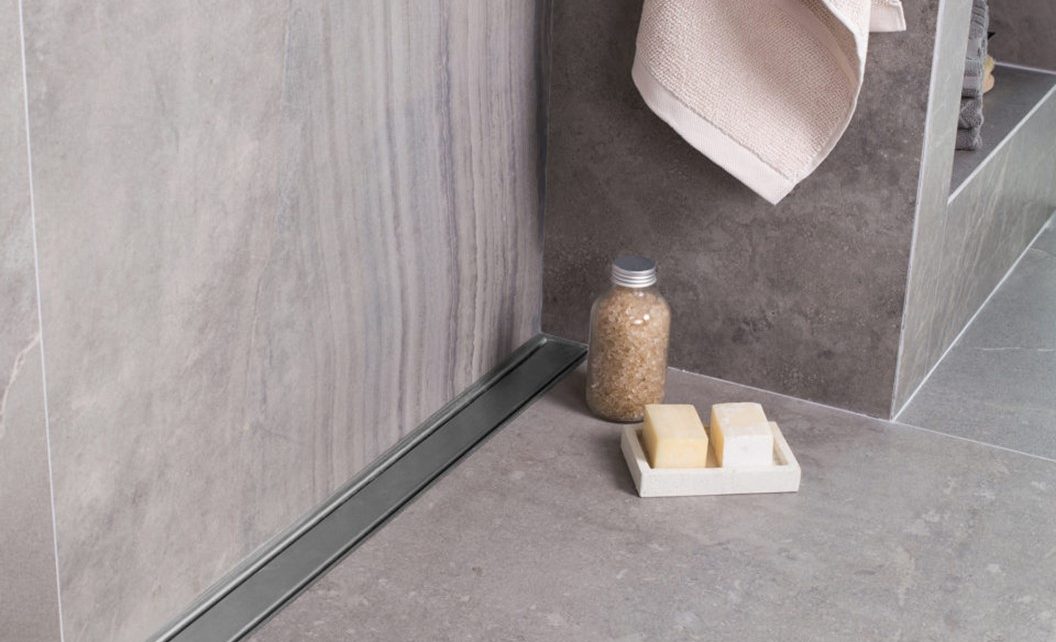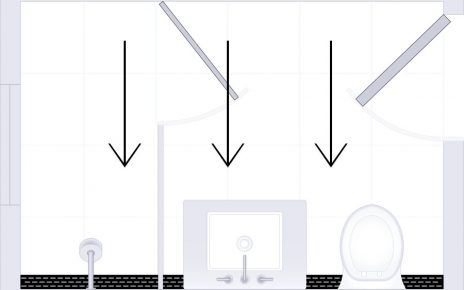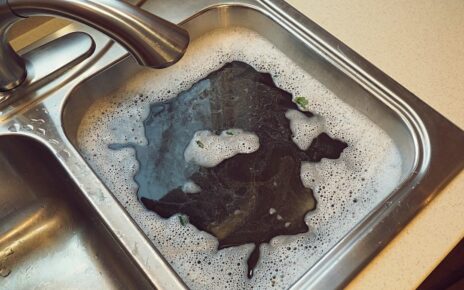Shower drains are an essential part of your shower, but they aren’t all the same. In fact, there are a lot of things to think about when you’re looking for the perfect linear drain for your bathroom remodel. Fortunately, we’ve got some helpful tips that will help you figure out which drain is right for you!
Table of Contents
The size and style of the shower
The first step to choosing the right linear drain is to determine the size of your shower. If you’re building a new home, this process should be fairly cut-and-dry, but if you’re retrofitting an existing space there may be some unexpected surprises.
To get started, measure from one end of your tub or shower (in inches) and add 5 inches for every person who will use it. Then add another 2 inches if you plan on installing a steam shower; 6 feet is ideal for this type of unit since they can easily fit within most bathroom sizes. Next, measure the height and width of your tub enclosure; keep in mind that many showers are equipped with grab bars at both ends which must also be considered when measuring out this area. Lastly—and this might sound obvious—make sure that all pipe work will fit into your chosen space as well!
The size and shape of the drain drain grate
The size and shape of the drain grate depends on the size of your drain. It should be large enough that you can use it to flush out any debris that might clog up your drain, but small enough to not allow children or pets to fall into it.
The placement of the drain relative to other objects in the shower
The placement of the drain relative to other objects in the shower is an important factor when deciding what type of linear drain you should use. When placing your drain, keep these rules in mind:
- The drain should be centered in the shower.
- A corner or front-facing wall is not ideal for a linear drain because it can cause water to pool around that area, which can lead to mold growth or damage from freezing temperatures in wintertime.
- You also don’t want to place your drain under a window since this may cause water splashing up onto your windowsill and creating a mess on them as well as making them more difficult to clean later on down the road if they’re wet constantly (especially if there are pets around).

The flooring used around the drain
If you have a tub, consider the flooring used around the tub. If you have a shower, consider the flooring used around the shower. If you have a bathtub and shower, consider the flooring used around both.
If your bathroom does not already have a drain installed, then it’s time to start thinking about what kind of system would work best for your home. It’s important to remember that even though linear drains are great at collecting water from all over your bathroom, they can only collect from one side of rooms with multiple walls separating them – so if half of your bathroom has tile and half has stone or wood flooring then this could affect which type of drain is right for you!
The type of water supply
The type of water supply you have will determine what type of drain you will need. It is important to know this before purchasing any linear drains, so that you don’t end up with a drain that cannot fit in the space where it needs to go. For example, if your shower has an exposed floor and no walls or ceiling, then a self-draining channel drain might be best for your project—but if there are walls and/or ceilings around your shower stall, then wall-hung channel drains might be better suited for use here instead.
The amount and type of flooring in your bathroom can also affect which linear drain will work best for you: some are made specifically for use with tile floors; others are meant primarily for wood or vinyl flooring; still others can work well with either materials (and many more). You should always choose a specific type of linear drainage system based on how much wetness could potentially damage any surrounding materials (including yourself!).
Linear drains come in different shapes and sizes as well as various heights above ground level; this means they can all fit under different sized grates too! There are many factors involved when deciding where exactly it makes sense place these objects within any given room–don’t forget about things like placement near doorways or windows which may need special consideration when installing new hardware items like these ones here today!

Your choice in a linear drain depends on these 5 factors.
- How your linear drain is installed depends on the size of your shower and drain
- Drain placement depends on the flooring used in the shower
- Your choice in a linear drain depends on the type of water supply you have
Use the Flow Rate of Your Water Heater
You can use the flow rate of your water heater to determine the best drain for your shower. The flow rate is the amount of water that flows through a drain in a given amount of time, and it is dependent on both factors: the size of your shower and how much water you use in said shower.
For example, if you have a smaller shower with low usage (i.e., two people using one 8-minute shower), then you’ll need a more compact and less expensive linear drain for it. On the other hand, if you have large families who need multiple showers every day or frequent guests coming over who will be taking long showers themselves, then you need something larger with higher capacity to accommodate them all at once while still saving money on utility bills because it uses less energy!
Consider the Size of Your Shower Base and Drain
The size of your shower base and drain will determine how many linear drains you need. If you have a small shower base, for example, you will need a smaller drain to go along with it. Likewise, if you have a larger shower base then it’s likely that the drain will be bigger too.
Similarly, if your current drain is large but your new one is going to be small or vice versa then make sure that no matter what, there is enough room for both drains to fit comfortably in your base.
Consider the Drain Material
- Ceramic or porcelain
- Metal
- Plastic
- Glass
- Marble and stone
What Type of Channel Drain and Grate Should You Use?
If you are going to install a channel drain, the grate should be at least 1 inch higher than your floor so that water can flow freely into it. The grate should also be at least 3 inches wide and have at least 2 inches of clearance in front of the opening so that leaves do not get stuck under it. If your drainage pipe is located on an incline or if there are several feet between where water enters the pipe and where it exits, consider using a larger grate so there will always be plenty of space for leaves or other debris to pass through without being trapped.
Another important thing to keep in mind when using channel drains is making sure they are made from stainless steel because this material won’t rust or corrode over time like other metals might do under certain conditions (such as constant exposure).
Choose Where to Place Your Linear Drain
If you’re installing a linear drain, choose where to place it carefully. The size of the linear drain will depend on the size of your shower and other factors. For example, if you have a large shower with multiple showerheads and multiple people using it at once, then you are going to need a larger drain to accommodate all that water flow. But if you have a small shower with just one person using it at once (or none), then a smaller drain should work just fine for your needs.
Consider your shower base, water heater, and where you want to place your drain when choosing a drain.
When it comes to selecting a linear drain, there are several factors that you should consider. First and foremost, you must think about the size of your shower base. The size of your shower base will help determine which type of drain is most appropriate for your space.
For example, if you have a standard-sized bathtub but want to install an acrylic or fiberglass shower base in order to give it more style, then a large linear drain may be required due to its larger size when compared with other types of drains on the market today. If not taken into account beforehand though—and this is one reason why many homeowners make such mistakes—then choosing too large an option will result in wasted money spent on materials while being unable to use them as intended because they don’t fit well together!
Another thing worth considering when shopping around is how much water capacity (in gallons) each model offers up front before buying something off-the-shelf without doing any research first; some models may offer more space than others do depending on their purpose – so knowing beforehand what kind of things might go wrong later down the road can help save headaches down the line.”
Right Linear Drain Conclusion
Each of these factors will influence which linear drain you choose. You may also want to consider the type and shape of your shower base and grate. The most important thing is that you do your research before making a decision so that you can make an informed choice




